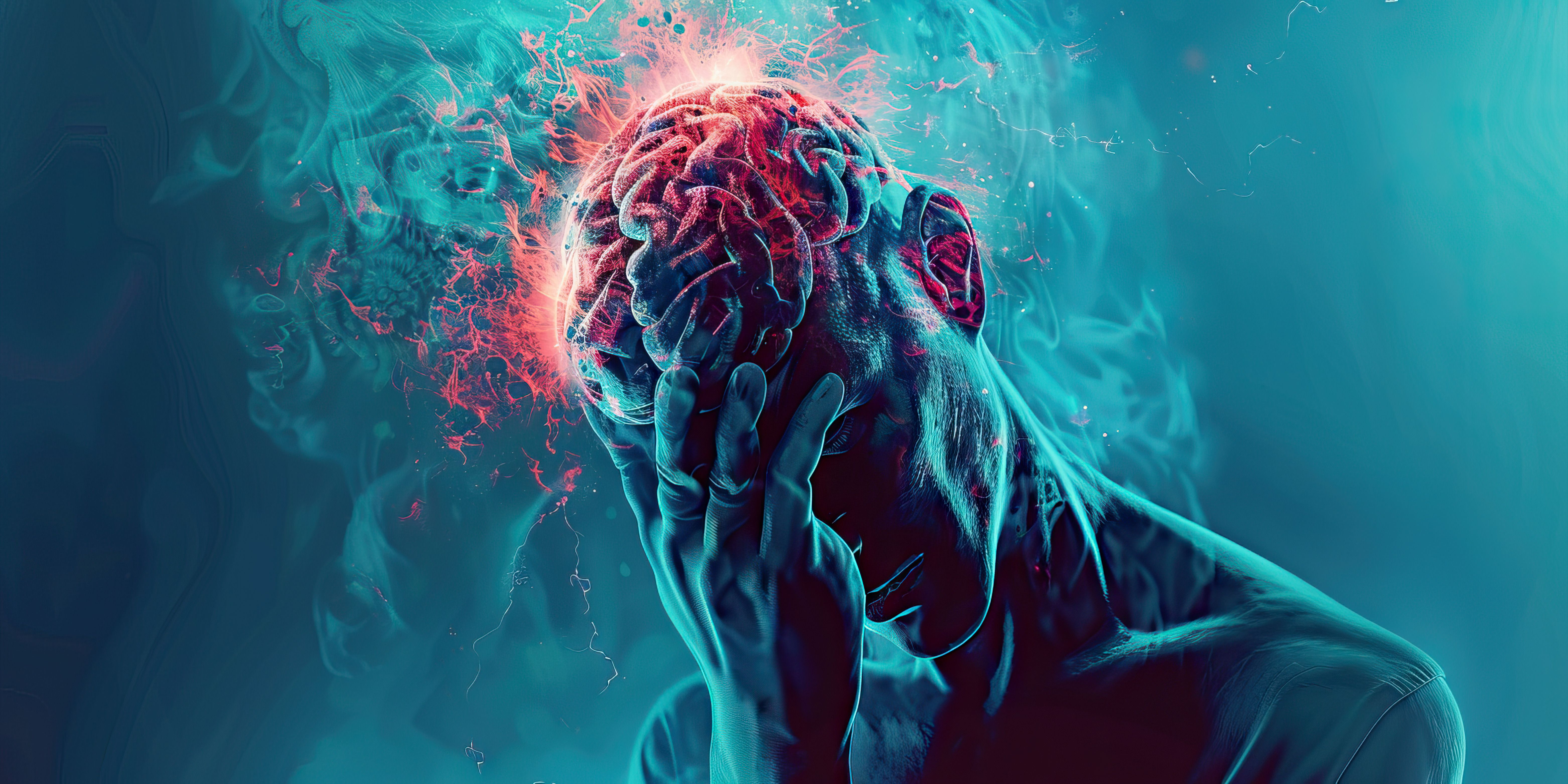Article
Clinical Features of Sleep-Disordered Breathing
Sleep-disordered breathing signs and symptoms overlap with mood, anxiety, and other psychiatric illnesses. In some cases, they may masquerade as these disorders, but SDB can also provoke and/or exacerbate other psychiatric conditions. Signs, risk factors, and clinical features in this Tipsheet.
Sleep-disordered breathing (SDB) signs and symptoms overlap with mood, anxiety, and other psychiatric illnesses. In some cases, they may masquerade as these disorders, but SDB can also provoke and/or exacerbate other psychiatric conditions.
In addition to obvious symptoms in at-risk populations, SDB should be considered in menopausal women in whom insomnia and fatigue have recently developed and in children who snore and have attention problems. Some screening tools and evaluation techniques in psychiatric practices may help identify the SDB at-risk population.
TIPSHEET: SLEEP-DISORDERED BREATHING
RISK FACTORS
- Obesity
- Developmental abnormalities (eg, micrognathia, retrognathia)
- Large neck circumference
- Nasal allergies and stuffiness
- Upper airway abnormalities: enlarged tonsils, enlarged turbinate, crowded upper airway (high Mullampati score), and low arching palate
- Middle-aged or older
- Male or postmenopausal female
- Sleep apnea witnessed by bed partner or other person
SYMPTOMS
- Sleepiness, tiredness, or exhaustion
- Loud snoring with frequent awakenings
- Waking up gasping and/or choking
- Feeling unrefreshed upon awakening
- Nocturia
- Morning headache
- Dry mouth in the morning
- Falling asleep while driving or at stoplights
CLINICAL FEATURES
- Difficulty in staying awake in nonstimulating situations
- Attention deficit
- Cognition deterioration
- Irritability and impaired coping mechanisms
- Psychiatric disorders, including depressed mood and anxiety
- Aches and pains
- Impaired eye-hand coordination
- Erectile dysfunction
- Diminished quality of life
For details, please see "The Correlation Between Sleep-Disordered Breathing and Psychiatry," by Amir Sharafkhaneh, MD, PhD and Max Hirshkowitz, PhD, from which this Tipsheet was adapted.
Related contentUnderstanding Common Sleep Disorders in Psychiatric IllnessThe Role of Melatonin in the Circadian Rhythm Sleep-Wake CycleThe Effects of Antidepressants on Sleep






